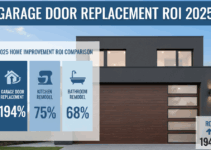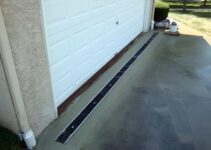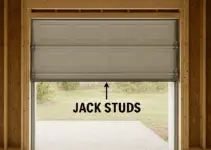This is the reality for most of us truck owners, isn’t it? The tight squeeze, the constant fear of door dings, and that frustrating shuffle just to get to a toolbox. You bought a truck for its capability, but your garage is holding you—and your projects—hostage.
But then… there’s the dream. A space that actually works for you. A space where function meets passion, where every tool has a home, and where your truck isn’t just parked—it’s showcased.
A full-size truck needs a garage that’s more than just a box. But how much space do you really need? Today, we’re comparing a one-car, a two-car, and a full workshop layout to find out what it really takes to build the ultimate truck garage.
ULTIMATE Truck Garage 1-Car vs 2-Car vs Workshop

That pain is real. You spend all this money on a beautiful, capable truck, only to cram it into a space that was designed 50 years ago for your grandpa’s sedan. You can’t open the doors without hitting a wall, you have to suck in your gut to walk around the front, and actually working on it? Forget it. That means dragging every tool out onto the driveway and praying it doesn’t start raining.
It’s a frustrating compromise that countless truck owners make every single day. But it really doesn’t have to be that way. Planning the right garage isn’t just about adding square footage; it’s about designing a space that brings out the best in your truck and your ability to work on it. It’s about creating a safe, efficient, and honestly, a space you actually want to be in.
So, we’re going to break it all down. We’ll look at the bare minimum you can get away with, the functional sweet spot most people should aim for, and the ultimate, no-compromise dream setup. We’ll cover dimensions, costs, and the pros and cons of each, so you can make the right call for your budget, your property, and your ambition. Let’s start with the most common, and often, the most painful scenario: the single-car garage.
Section 1: The 1-Car Solution (The “Just Enough” Setup)
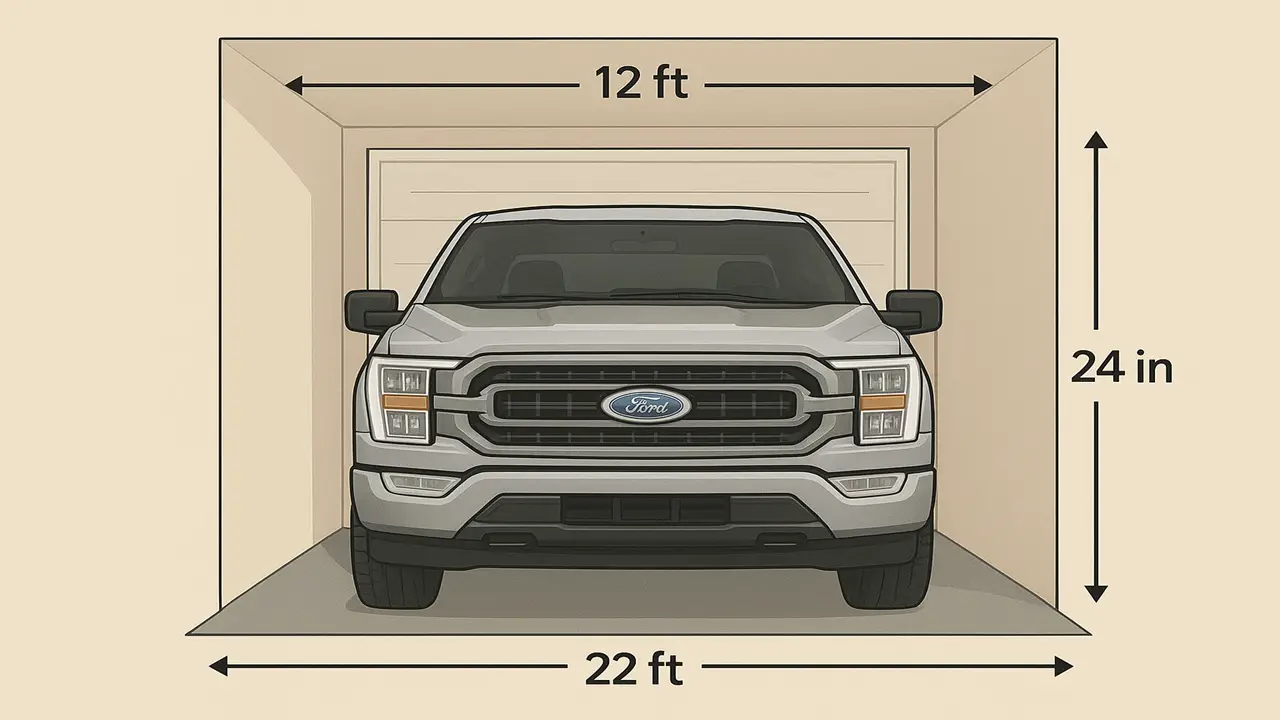
Let’s be real, calling a standard single-car garage a “solution” for a modern truck is pretty generous. It’s a parking spot, and a tight one at that. But for some folks, it’s the only option. So, how do you make it work?
First, let’s talk numbers. Your average Ford F-150 or Chevy Silverado is about 20 feet long. But many popular crew cab models with longer beds are now pushing 21 feet, or even more. This is the most critical number, because if your garage isn’t deep enough, nothing else matters. The absolute bare minimum depth you should even consider is 22 feet, and that will be painfully tight. Realistically, you need 24 feet of depth just to walk around the front or back without having to turn sideways.
For width, a standard 12-foot single garage is the baseline. Your truck is about 7 feet wide, but with mirrors, you’re pushing almost 8 feet. That leaves you with two feet on either side—if you park perfectly in the center. It’s just enough to squeeze out of the door, but not enough to swing it open. Get ready to master the awkward garage shuffle.
The garage door is another big one. A standard 7-foot high door will clear most stock trucks, but just barely. If you’ve got a leveling kit, bigger tires, or a roof rack, you are in the danger zone. An 8-foot high door is a much safer bet. And for width, a 9 or 10-foot wide door is a huge help to give you a little more breathing room when pulling in.
So, what are the pros here? It’s simple: cost and footprint. A small garage is cheaper to build, easier to heat, and takes up less yard space.
The cons, though, are huge. You have zero dedicated workspace. Any project means kicking the truck out. Storage is limited to whatever shelves you can cram on the walls, which makes the space feel even smaller. You can forget about a permanent workbench, a big rolling tool cabinet, or any major equipment. It’s just a life of constant compromise.
So who is this for? The 1-car setup is for the truck owner who just needs to park out of the weather. If you don’t do your own maintenance, have no interest in projects, and just want to keep the sun and snow off your paint, this can work. But if you’ve ever picked up a wrench, this is not your ultimate garage.
Section 2: The 2-Car Solution (The “Functional Sweet Spot”)
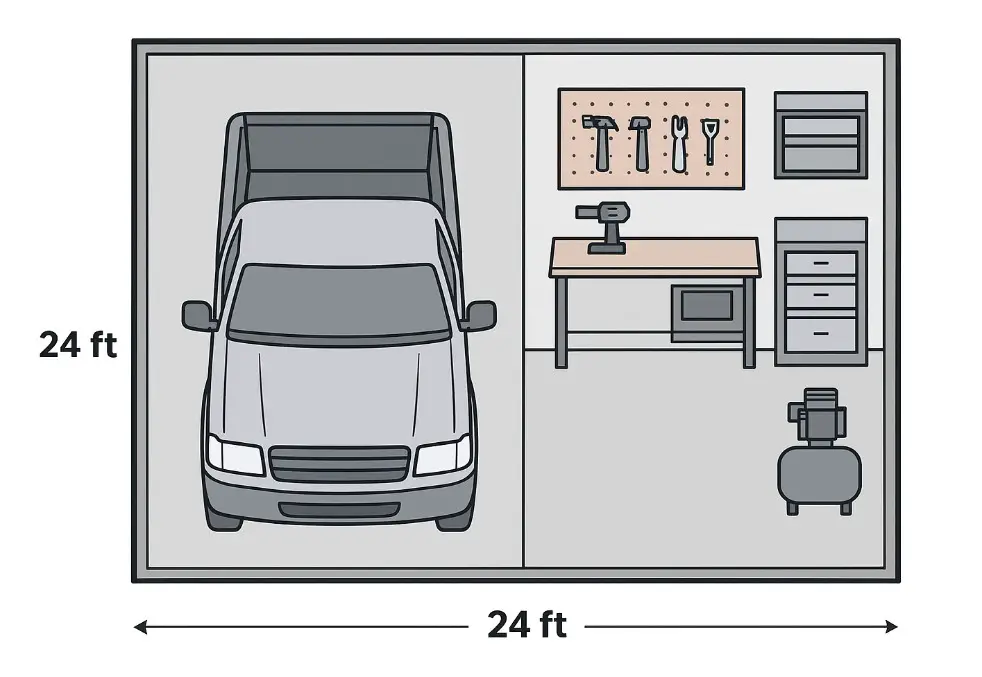
Okay, now we’re talking. For most truck enthusiasts and DIYers, the two-car garage is the sweet spot. It’s the perfect balance of function, cost, and space. It’s not just a place to park; it’s a place to get work done.
Now, a standard two-car garage is often 20×20 or 22×22 feet. Let’s be very clear: that is NOT what we’re talking about. A 20-foot deep garage is still too short for a full-size truck, and a 20-foot width is a nightmare for two cars, let alone one massive truck. The real two-car solution starts at 24 feet wide and 24 feet deep. Even better is 26 or 28 feet deep, which gives you that critical workspace in front of your truck.
Here’s the new philosophy: one bay is for the truck, the other is for everything else. This is a total game-changer. You can finally have that permanent, full-sized workbench against the back wall. You can roll your big tool chest right where you need it. You can even fit larger equipment like a drill press or a band saw. And the best part? You can do it all without moving your truck. The project can stay out, ready for you to jump back in whenever you have a free hour.
The pros here are massive. You get a dedicated, permanent workspace—the foundation of any great garage. You have plenty of room for organized tool storage, which makes every job go faster. You can take on bigger projects—from brake jobs to suspension work—without the stress of a cramped space. It also adds serious value to your property.
What are the cons? Well, it’s a bigger investment. A 24×24 or larger garage costs more in materials and labor. It also eats up more of your property. And while you have a dedicated work bay, things can still feel a little close if you’re doing a full frame-off restoration or trying to juggle multiple projects.
This is the ideal setup for the serious hobbyist. It’s for the person who changes their own oil, rotates their tires, and isn’t afraid to spend a weekend upgrading their truck. It’s for the woodworker, the fabricator, the tinkerer who needs a reliable and functional space. For the average truck owner, this is the most attainable and practical version of the “ultimate” garage.
Section 3: The Workshop Solution (The “No-Compromise Dream”)
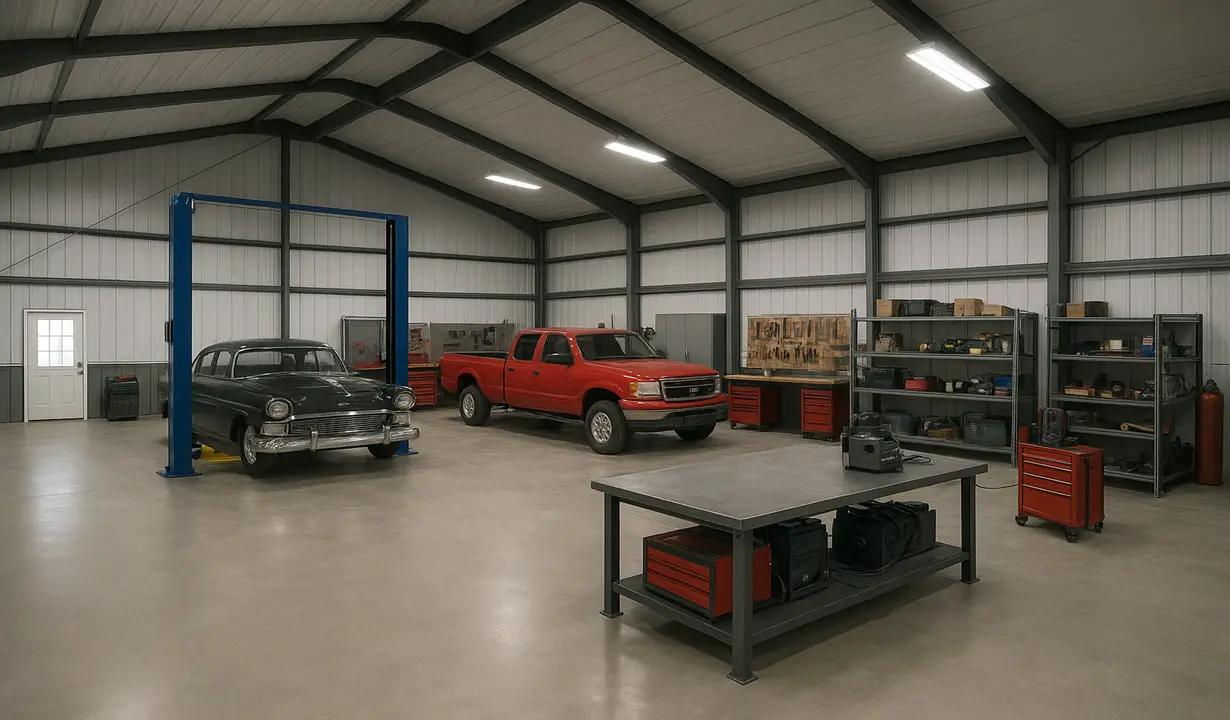
If the two-car is the sweet spot, the full workshop is the dream. This is the no-compromise, money-is-no-object setup you see in magazines. We’re talking about a three-car garage, a four-car, or a big detached shop. This isn’t just a place to park and work; it’s a sanctuary.
The dimensions here are generous, starting at a three-car size—think 30 to 40 feet wide and at least 28 to 30 feet deep. Detached shops go even bigger, like 30×40 or 40×60 feet. But the key isn’t just floor space; it’s vertical space. A true workshop has 10, 12, or even 14-foot ceilings.
Why? One word: Lift. The single most transformative piece of equipment you can put in a garage is a two-post or four-post lift, and that requires height. A lift changes everything. It turns miserable jobs on your back into comfortable, efficient work. It opens up a whole new world of maintenance and modifications, from simple exhaust work to pulling a transmission.
With a workshop of this scale, the idea of compromise just disappears. You have one bay for your daily driver truck. You have another for the project car. You have a third area completely dedicated to fabrication with welders, grinders, and plasma cutters. You have room for a massive workbench and industrial shelving for all your parts. The workflow is absolutely seamless.
The pros are, well… everything. You have unparalleled space and freedom. You can take on any project, no matter how big. You have room for specialized, high-end equipment. It’s the safest, most efficient environment you can work in. It is the absolute peak of what a home garage can be.
The cons are just as big: cost and space. Building a structure this size is a major construction project with a serious price tag that can easily run into tens of thousands of dollars. You also need a big enough property to even fit it.
This setup is for the truly dedicated. It’s for the professional mechanic working from home, the serious restorer, or the enthusiast whose primary hobby is the garage. It’s for the person who sees their garage not as an accessory to the house, but as a destination.
Conclusion
So, after breaking it all down, which garage is the ultimate setup for a full-size truck?
For the minimalist who just needs shelter, an oversized single-car garage can work, but it’s a life of constant trade-offs. For the dedicated builder with deep pockets, the full workshop is the undisputed king.
But for most of us—the weekend warriors, the DIY mechanics, the people who love their trucks and love working on them—the answer is clear: the oversized two-car garage.
A well-planned two-car setup, at least 24 feet wide and 24 to 26 feet deep, gives you the perfect mix of utility and value. It delivers that critical dedicated workspace without demanding a massive investment or a huge chunk of your property. It’s the setup that empowers you to do more.
Ultimately, choosing the right garage isn’t about the space itself, but what that space allows you to do. It’s about creating a safe, efficient, and enjoyable place where you can maintain, modify, and just appreciate your machine. Whether you’re a weekend tinkerer or a full-time builder, matching your garage to your ambition is the key to creating your own version of the ultimate garage.
